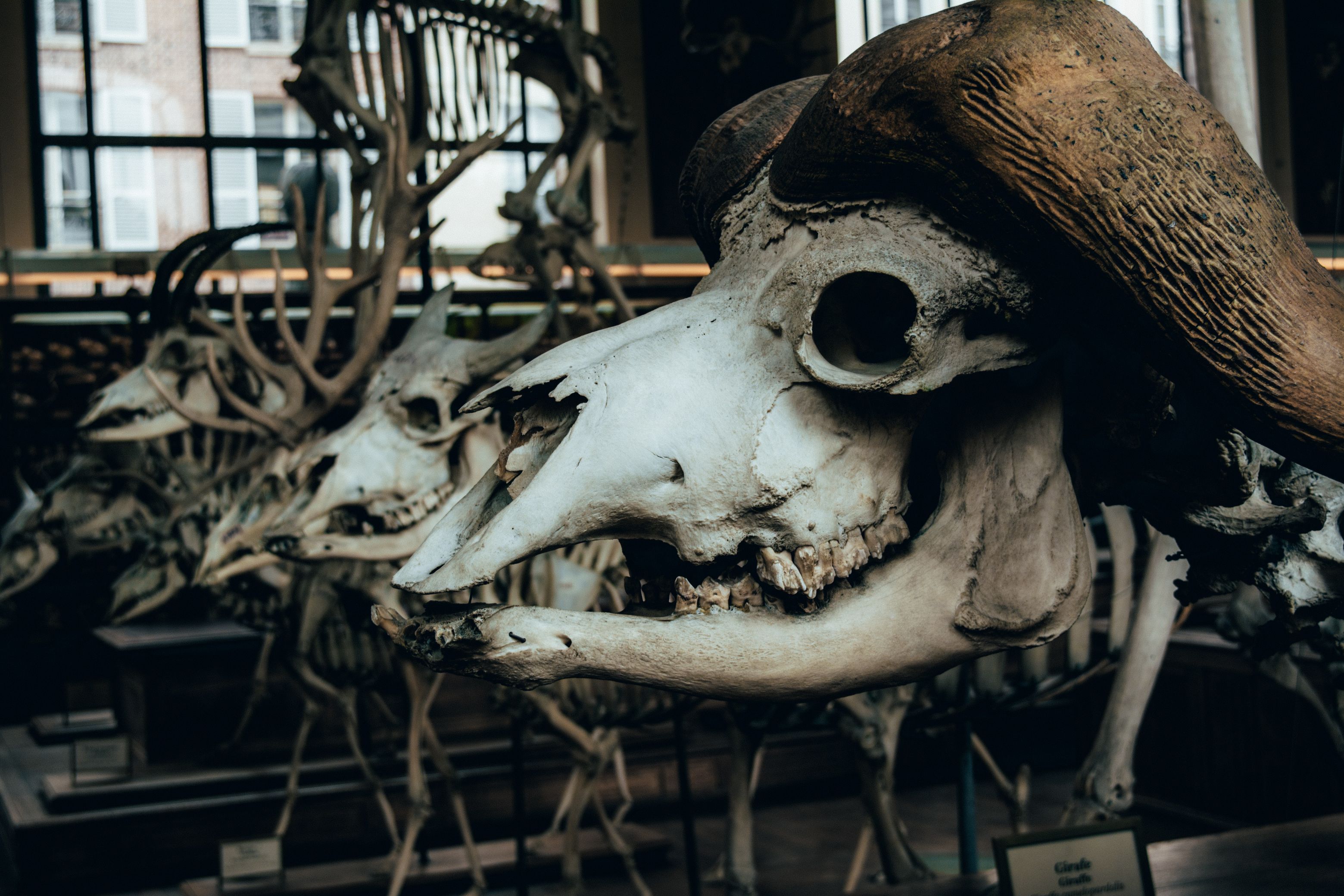The History of Halloween: Origins and Traditions

Introduction
As the leaves turn to shades of amber and crimson, and a crisp chill creeps into the evening air, the unmistakable signs of Halloween begin to emerge. It's a time when pumpkins are carved, costumes are donned, and children eagerly anticipate their annual sugar rush. But have you ever wondered about the origins and traditions that lie beneath the surface of this beloved holiday? In this article, we will delve into the captivating history of Halloween, tracing its roots from ancient Celtic festivals to the modern-day extravaganza we know today.
Halloween's Ancient Celtic Beginnings
The origins of Halloween can be traced back over 2,000 years to the ancient Celtic festival of Samhain (pronounced Sow-in). Samhain was celebrated by the Celts, who inhabited parts of what is now Ireland, the United Kingdom, and northern France. For the Celts, Samhain marked the end of the harvest season and the beginning of the darker half of the year, known as winter.
One of the key beliefs during Samhain was that the boundary between the living and the dead became blurred during this time. The Celts believed that on the night of October 31st, the spirits of the deceased would return to Earth, causing mischief and mayhem. To appease these wandering spirits, the Celts would light bonfires and leave offerings of food and drink outside their homes.
The Influence of Roman Festivals
In the first century A.D., the Romans conquered the Celtic territories and brought with them their own traditions and festivals. Two Roman festivals, Feralia and Pomona, influenced the evolution of Samhain into the Halloween we know today.
Feralia was a day in late October when the Romans honored the spirits of the dead. This tradition meshed well with the Celtic belief in the blurred boundary between the living and the dead during Samhain.
Pomona, on the other hand, was a Roman festival dedicated to the goddess of fruit and trees. This festival contributed to the association of apples with Halloween, which is still seen in the popular game of bobbing for apples.
The Christian Influence
In the 7th century A.D., the Christian church sought to Christianize pagan festivals, including Samhain. In the year 609 A.D., Pope Boniface IV declared May 13th as All Saints' Day, a day to honor saints and martyrs. In the 8th century, Pope Gregory III moved All Saints' Day to November 1st, likely in an attempt to supplant the pagan celebration of Samhain.
The evening before All Saints' Day, October 31st, became known as All Hallows' Eve, eventually evolving into Halloween. The term "Hallow" means "saint" or "holy," and thus, Halloween was the eve before the holy day of All Saints' Day.
The merging of Christian and pagan traditions led to the incorporation of some of the older Samhain customs into Halloween. For example, the lighting of bonfires and the belief in spirits returning to Earth persisted, albeit with a Christianized interpretation.
Halloween in Medieval Europe
During the Middle Ages, Halloween began to take on some of the characteristics we associate with it today. In medieval Europe, the focus shifted from appeasing spirits to warding off malevolent forces. People believed that on Halloween, witches, ghosts, and other supernatural beings roamed freely, so they would wear masks and costumes to disguise themselves and protect against these entities.
Trick-or-treating also has its roots in medieval Europe. Poor people would go door-to-door on All Hallows' Eve, asking for food in exchange for prayers for the dead. This practice was known as "souling." Over time, it evolved into the more playful custom of children dressing up in costumes and going door-to-door for candy.
The Irish Influence on Modern Halloween
In the 19th century, Irish immigrants brought their Halloween traditions, including carving turnips and lighting them with candles, to America. However, they soon discovered that pumpkins, which were more readily available in the New World, were easier to carve. Thus, the iconic jack-o'-lantern was born.
Halloween continued to evolve in the United States, becoming a community-centered holiday with parades, parties, and the widespread practice of trick-or-treating. By the early 20th century, Halloween had lost much of its religious and superstitious overtones and had become a more secular and commercial holiday.
Halloween in the 20th Century
The 20th century saw the popularization of Halloween in the United States and beyond. Costumes became more elaborate, and the holiday became a time for creativity and self-expression. The introduction of mass-produced costumes and decorations made it easier for people to participate in the festivities.
Halloween also became a significant marketing opportunity for candy companies, and the tradition of giving out candy to trick-or-treaters became widespread. Candy corn, a popular Halloween treat, was created in the late 19th century and became closely associated with the holiday.
Modern Halloween Traditions
Today, Halloween is celebrated with a wide range of traditions and activities that vary from region to region. Some of the most popular modern Halloween traditions include:
1. Costume Parties: Adults and children alike enjoy dressing up in costumes, often attending parties where they can showcase their creativity.
2. Trick-or-Treating: Children go door-to-door in their neighborhoods, collecting candy and treats from willing homeowners. The phrase "trick or treat" is a playful threat, suggesting that if treats aren't given, a prank might be in store.
3. Jack-o-Lanterns: Carving pumpkins into jack-o'-lanterns has become a beloved Halloween tradition. People display these illuminated pumpkins on their porches to ward off evil spirits.
4. Haunted Houses: Throughout October, haunted houses and other spooky attractions pop up, offering people a chance to experience thrills and chills.
5. Halloween Decorations: Homes and businesses are adorned with spooky decorations, including cobwebs, skeletons, and witches, to create a festive and eerie atmosphere.
6. Horror Movies and Stories: Many people indulge in watching horror films or reading scary stories to get into the Halloween spirit.
7. Candy: Halloween is synonymous with candy, and it's estimated that billions of dollars are spent on sweets for the occasion each year.
Conclusion
From its ancient Celtic roots to its modern incarnation as a commercial and community-driven holiday, Halloween has a rich and fascinating history. It has evolved over the centuries, absorbing and adapting traditions from various cultures and beliefs. Today, Halloween is a time for people of all ages to embrace their creativity, engage in spooky fun, and, of course, satisfy their sweet tooth. So, as you put on your costume, light your jack-o'-lantern, and welcome trick-or-treaters to your door, take a moment to appreciate the centuries of history and tradition that have shaped this beloved holiday. Happy Halloween!
